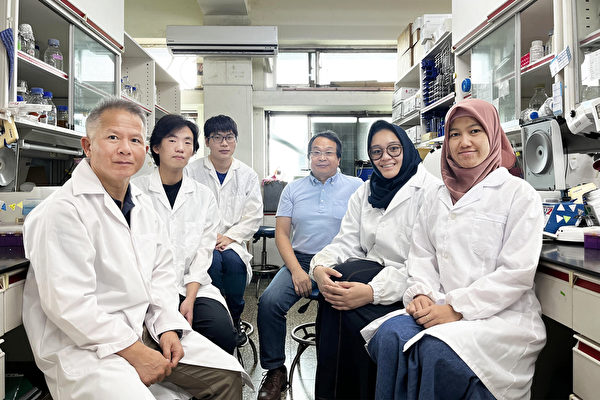Taiwan’s National Central University announced that Professor Wang Jianjia’s team from the Department of Life Sciences has been conducting long-term research on gene translation, leading to the discovery of new clues for developing antimalarial drugs. Their achievement has been published in the top international journal “Nucleic Acids Research.”
Malaria is a disease caused by the protozoan Plasmodium, and according to the World Health Organization, approximately 50% of the global population is at risk of malaria infection. Therefore, the development of antimalarial drugs is an urgent and important issue.
The Dean of the College of Health, Medical and Engineering, and Professor Wang Jianjia’s team in the Department of Life Sciences at National Central University have made a significant breakthrough in genetic research. Their research provides new clues for the development of antimalarial drugs. This research achievement has been published in the top international journal “Nucleic Acids Research.”
Professor Wang Jianjia’s team found that Bacillus thuringiensis carries an additional Prolyl-tRNA synthetase (ProRS) compared to other bacteria. This ProRS has been transferred through gene transfer from eukaryotic cells to bacteria. However, its protein structure has changed, making it more similar to bacterial ProRS and developing resistance to the antimalarial drug halofuginone (HF).
Genes carry genetic information in DNA sequences, and through a series of biochemical reactions, cells can convert genes into proteins. In this process, the enzyme aminoacyl-tRNA synthetase (aaRS) first attaches the correct amino acid to the corresponding tRNA (transfer ribonucleic acid) molecule. The tRNA then transports the amino acid to the ribosome for protein synthesis. aaRS is a key enzyme in this process, and errors can lead to abnormal protein function and various diseases.
Generally, the structure of aaRS is evolutionarily stable, but the structure of ProRS varies greatly. Bacterial and eukaryotic ProRS have different tRNA preferences and cannot replace each other. Normally, bacteria only carry bacterial-type ProRS, but Bacillus thuringiensis carries both bacterial and eukaryotic-type ProRS simultaneously.
Surprisingly, Bacillus thuringiensis’s eukaryotic-type ProRS has evolved to recognize bacterial tRNA effectively and help the bacteria survive under different environmental stresses, such as high temperatures and oxidative stress. More importantly, unlike other known eukaryotic-type ProRS, Bacillus thuringiensis’s eukaryotic-type ProRS shows significantly increased tolerance to the antimalarial drug HF.
Currently, several research teams abroad are using derivatives of HF to develop drugs for treating malaria, toxoplasmosis, and other parasitic infections. HF’s structure is similar to a compound extracted from Chinese herbal medicine, febrifugine (FF), which can effectively inhibit the ProRS of malaria parasites or other parasites. There are high hopes that it can be applied in clinical treatment soon. Professor Wang Jianjia’s research provides a new direction and hope for the development of antimalarial drugs.

